AARP Hearing Center


It's take-out night at the Brooklyn, New York, home of Sir Patrick Stewart, and the British actor best known for playing Captain Jean-Luc Picard on Star Trek: The Next Generation has focused his steely gaze on a Margherita pizza. But before he digs in, his new wife, Sunny Ozell, grabs a pizza slicer in the shape of the USS Enterprise starship, and Stewart, 73, whips out his smartphone. Ozell, a singer-songwriter, hums the first few bars of the original Star Trek theme song as she triumphantly cuts a wedge for Sir Patrick's camera.
The next morning, Stewart uploads the video onto Instagram, where it will wend its way to his nearly 1 million social media followers.
About a year ago Stewart jumped into the roiling Facebook-Twitter-Instagram universe and has rapidly amassed an army of fans. Many of his daffy selfies have gone viral. A photo of the commanding Sir Patrick in a lobster costume was retweeted 39,000 times. And when he paired up for a romp around New York with good buddy Sir Ian McKellen, his costar on Broadway in both Waiting for Godot and No Man's Land, the duo became a social media sensation.
Turns out Sir Patrick Stewart is not the remote, stuffy Shakespearean actor many might expect. "He's really, really funny," says his friend Carla Gugino, who costars with him in the upcoming film Match.
And these days Stewart is having a lot of fun, not just with social media but with his abundant stage and film work — including a reprise of his role as Professor Charles Xavier in another X-Men sequel, to be released in May — and with the people he loves.
At the top of that list is Ozell, 35, whom Stewart met in 2008 when he was performing in Macbeth at the Brooklyn Academy of Music. (McKellen married the couple on the banks of Lake Tahoe last September.) Still, Stewart's current high-flying state belies a torturous inner journey the actor endured for much of his life.
Far from the heroic, self-assured characters he's played — and the joyful person he is today — Stewart was for decades a man plagued by fear and stifled by rage. The roots of his struggle go back to a difficult childhood, marked by poverty and abuse that took him years to understand. Having only recently opened up about the trauma of his early years, he now behaves as a person liberated, and eager, finally, to step out and join the party.
"I have been inclined to be solitary in huge chunks of my life," says Stewart, enunciating the words in his recognizable baritone. "I don't think that's a good thing anymore. I think the interaction of being with people, especially people you like, is very important for keeping you sharp, alert, active, connected." And perhaps, in Stewart's case, younger looking than his years. On this day he is wearing cowboy boots, hip red corduroy slacks, a cotton henley that accentuates his pectoral muscles, and a stylish pair of front-connect readers. He is affable, though thoughtful, and while he says he "couldn't be happier," we understand by the depth of his gaze and the way he sometimes grips his forearms that it was not always so.


Patrick Stewart was the youngest of three boys born to Gladys and Alfred Stewart in Mirfield, Yorkshire, England. "From my calculations, I was conceived immediately before my father went to war," Stewart says, "and he didn't come home until September 1945 — so I was 5 years old before I ever saw him." Because his eldest brother was 17 years older than he was, Stewart warmly recalls having had his mum mostly to himself.
His mother worked as a weaver in the local mills, earning as little as $7 for a 45-hour week. She was gone each morning before Patrick left for school, and returned at around 4 p.m., reeking of the factory. "I can remember distinctly that oily, greasy smell of the wool," says Stewart.
The family was practically destitute. "Some of my earliest memories are of when a bill collector came to the door," Stewart remembers. "My mother and I would hide behind the sofa and pretend we weren't in. I thought that was a great game." The family's home was just two rooms. The toilet was outside, and Patrick, an avid reader, often took refuge there with a book and a candle.

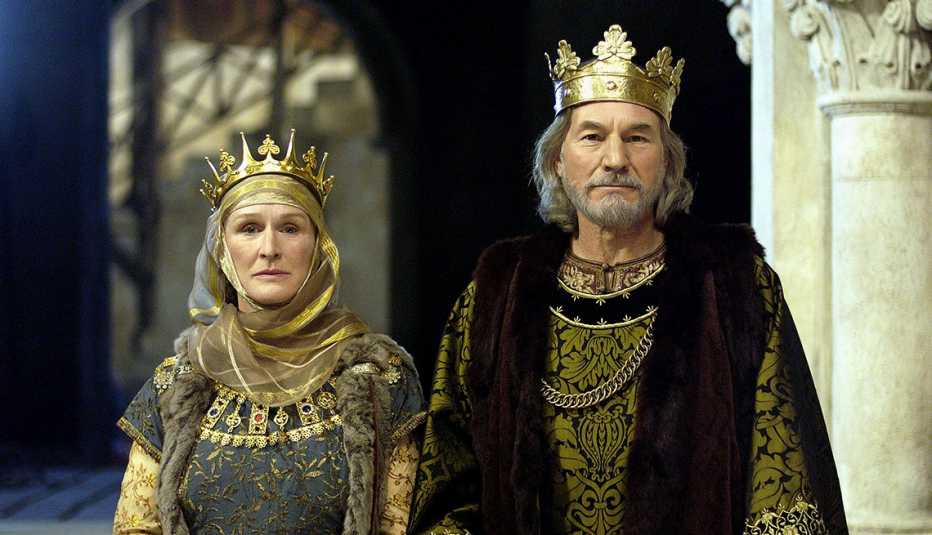
Stewart describes his mother as a "warm, tender, sensitive person — timid, fearful of everything." He says her fearfulness rubbed off on him, making him "very cautious about things and unconfident." But he wasn't cautious about one thing: his desire to protect his mother from physical and emotional abuse by his father.



























































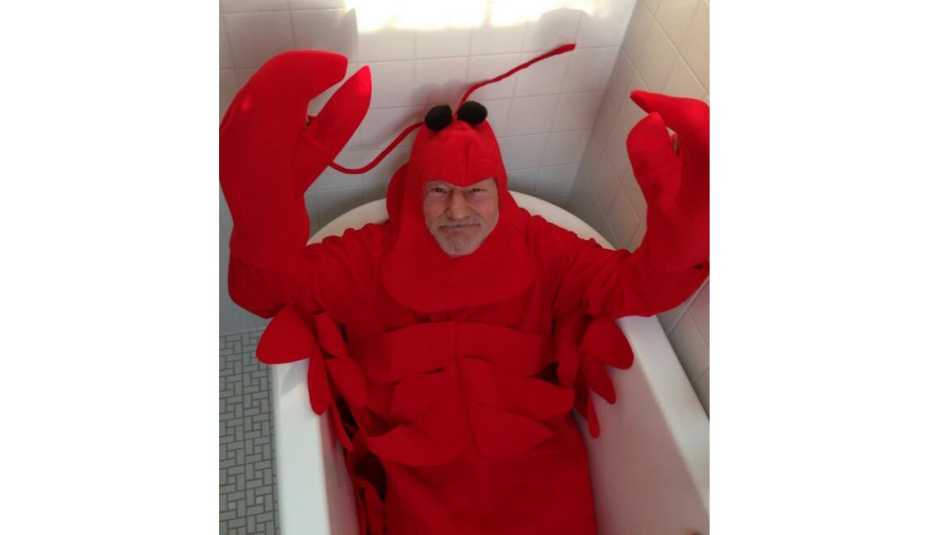



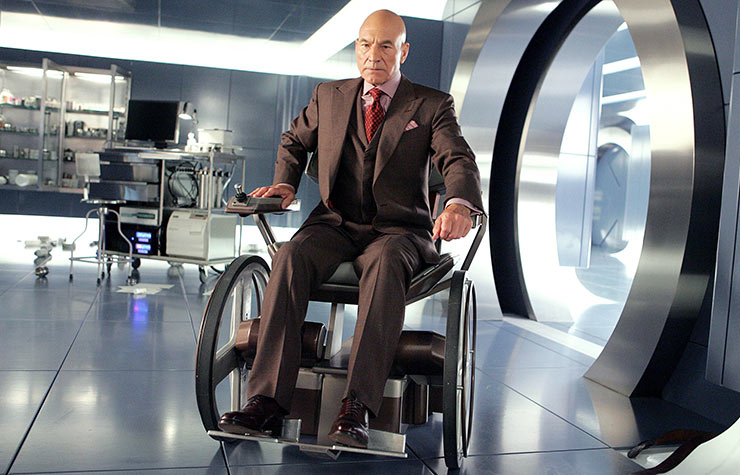
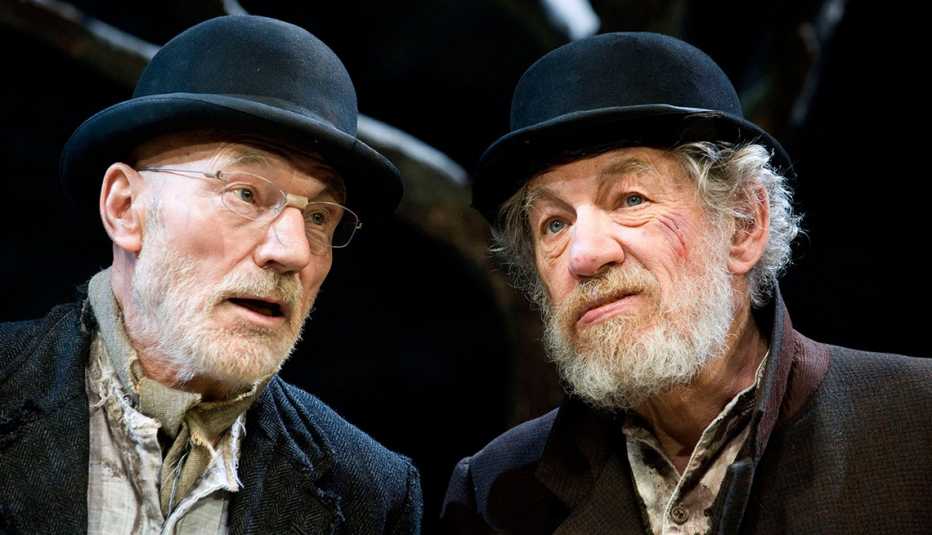
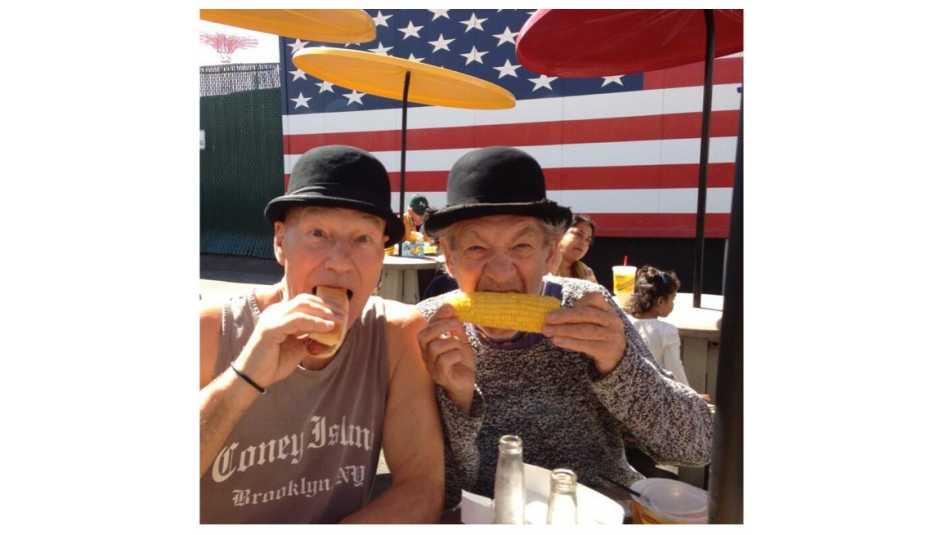
More on Entertainment
10 Essential Boomer Movies
Famed director Oliver Stone picks iconic films from the boomer generationSusan Sarandon Is the Real Deal
The Oscar Winner and Movies for Grownups Lifetime Achievement Award honoree refuses to fake itMaria Shriver Opens Up About Love and Loss
In an exclusive AARP interview, she discusses motherhood, living alone and "the power of the pause"